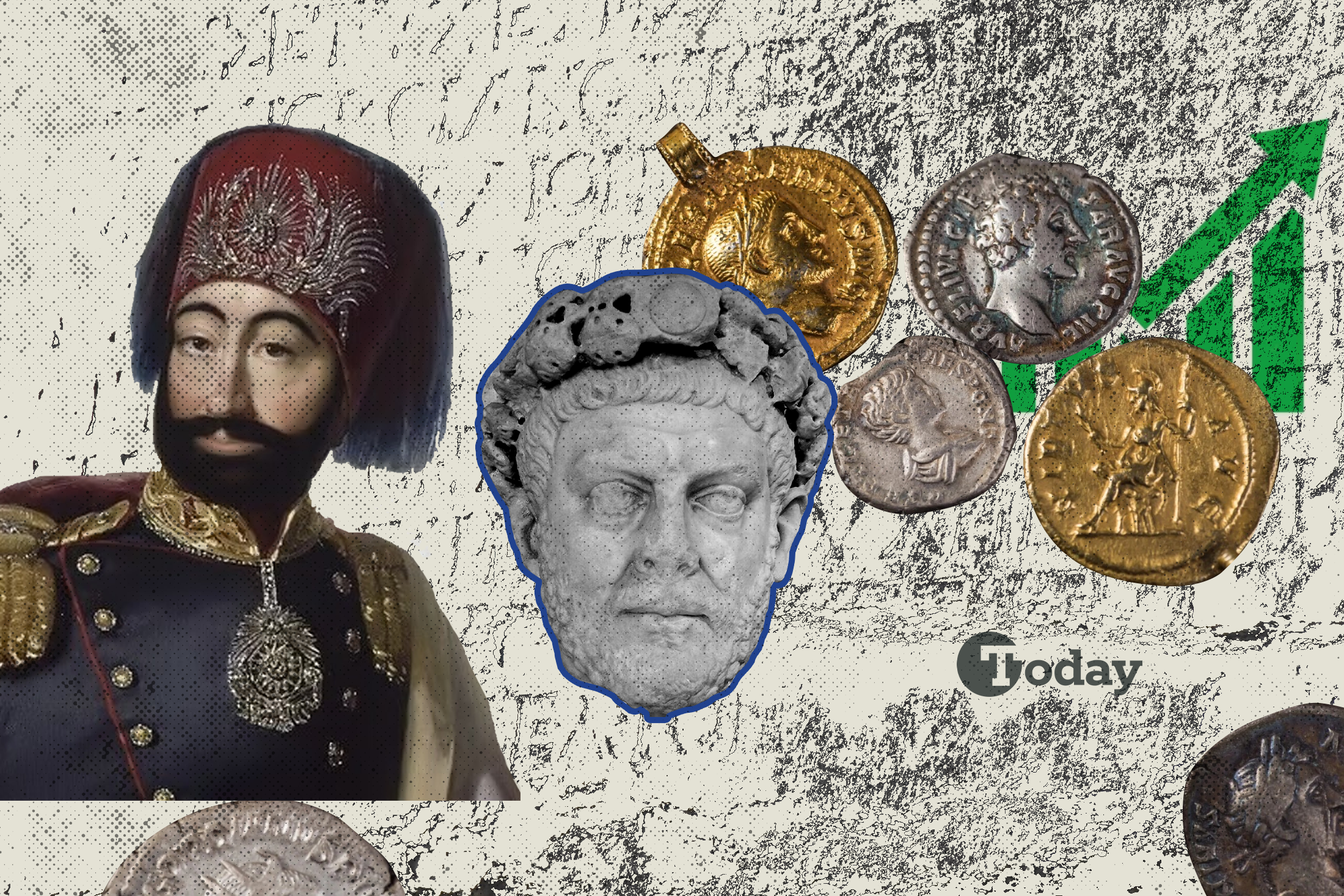
Economic crises, inflation, and price hikes have been recurring challenges throughout history, impacting both societies and rulers. Anatolia, home to several powerful empires, has seen various strategies implemented to combat these issues.
This exclusive content explores the economic reforms and measures taken by rulers in ancient Rome and Ottoman times to stabilize prices, maintain economic order, and prevent societal unrest in what is now ancient Anatolia.
In the 3rd century A.D., the Roman Emperor Diocletian introduced one of the most significant economic reforms in history. His Edictum de Pretiis Rerum Venalium (Edict on Maximum Prices), issued in 301 A.D., aimed to curb inflation and stabilize the economy during a period of rampant price hikes.
Diocletian attributed inflation to the greed of merchants and believed the state should play a central role in regulating wages and prices. He sought to create a more controlled economic environment by setting price ceilings for essential goods and services.
The edict set price limits for more than 1,200 goods, from basic food items like beef and mutton to specialized services like sculpting and teaching. The law applied across the empire, attempting to rein in rising prices and ensure fairness for citizens.
Violating the edict came with harsh penalties, including death, emphasizing the serious nature of the crisis. However, despite its ambitious aims, the edict was eventually repealed due to resistance from merchants and challenges with enforcement.
Inscriptions from the Roman period provide insight into the economic measures implemented across Anatolia. These findings highlight the historical context of inflation and price control in ancient times.
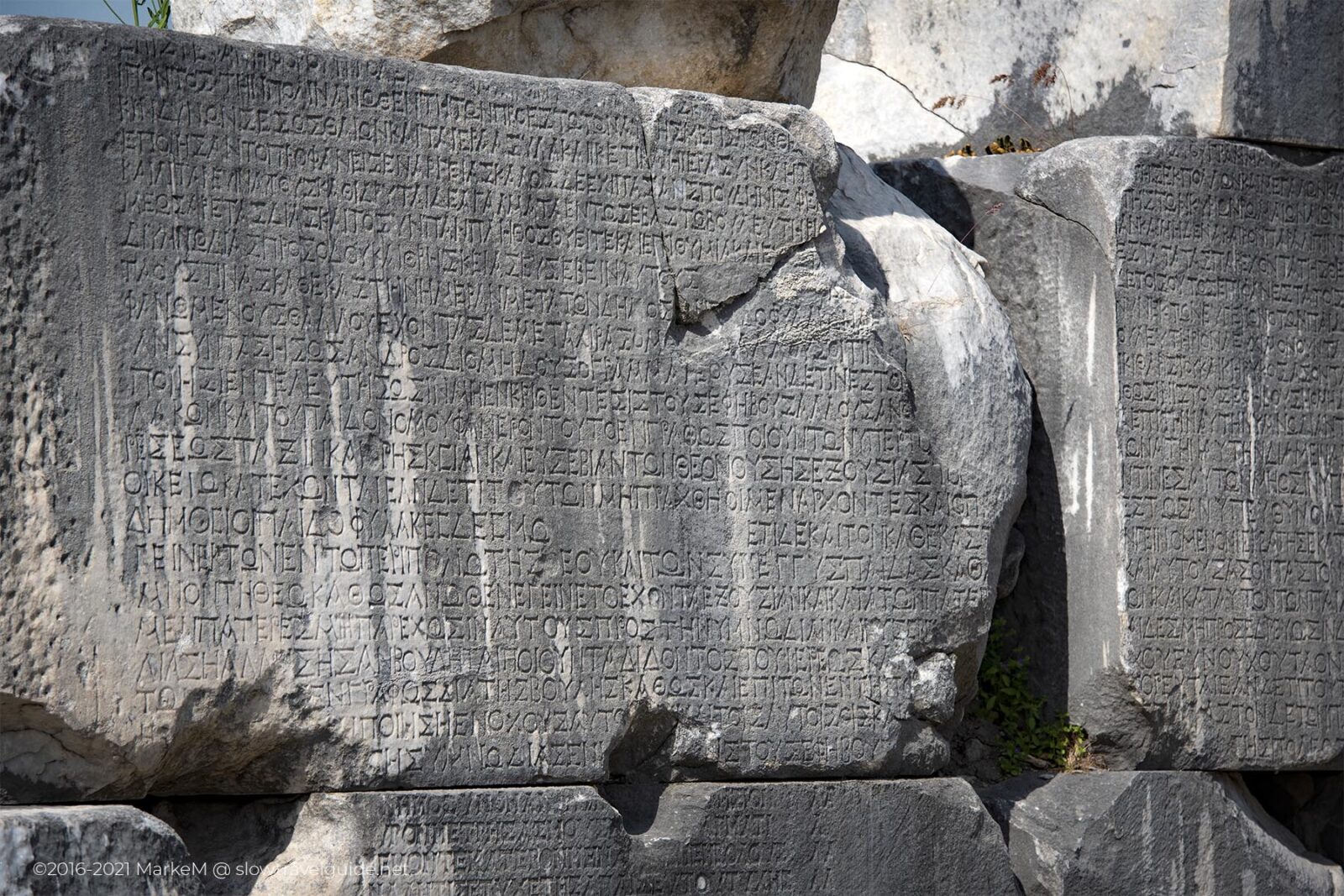
In Stratonikeia, the names and fixed prices of products sold in the city were inscribed in Latin on the walls of the assembly building.
These inscriptions offer valuable insight into the economic landscape of the time, showcasing how price controls and wages were regulated.
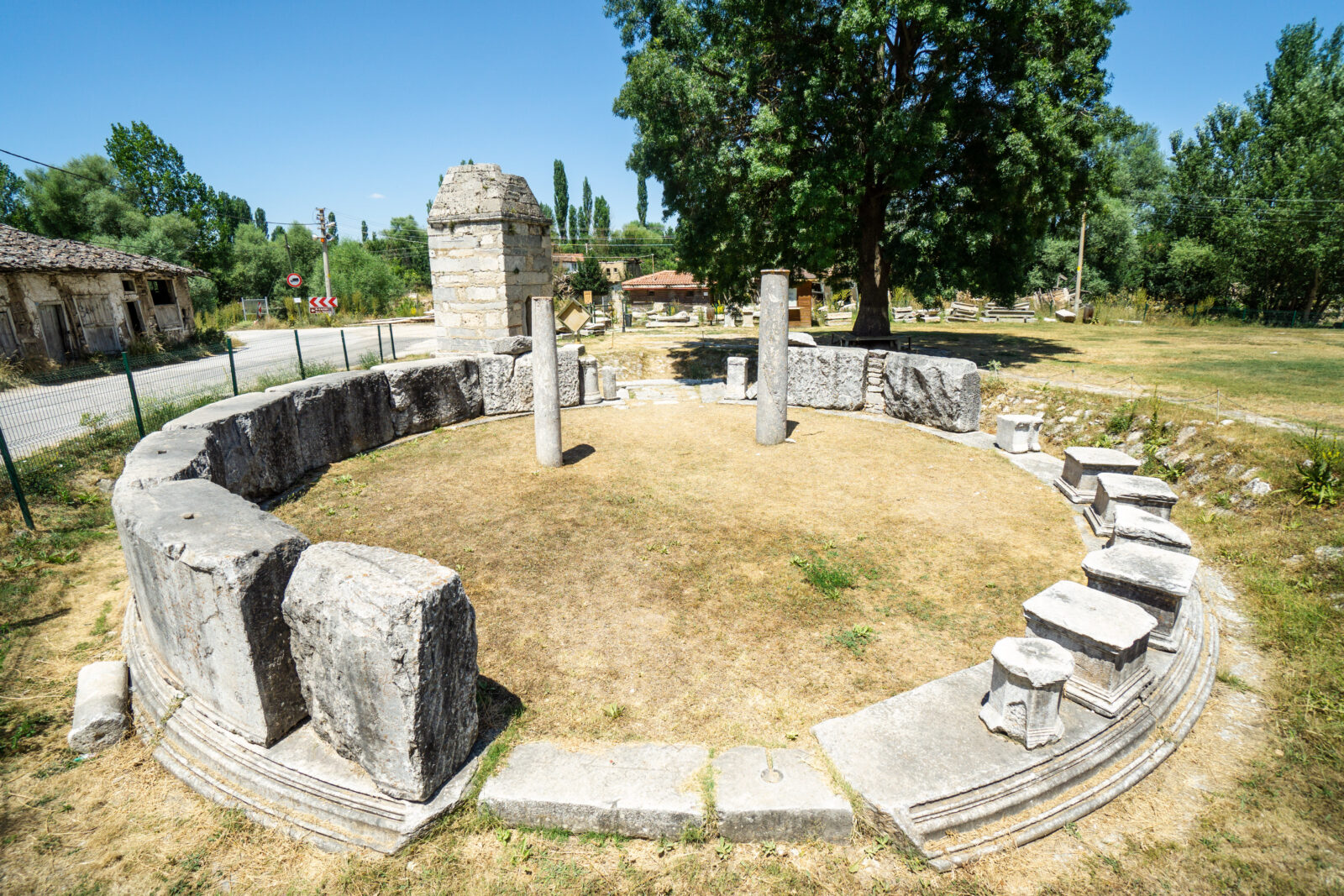
Aizanoi is famous for hosting the world's first stock exchange. The stone blocks used for trade were engraved with price lists, reflecting Diocletian's reforms.
These inscriptions shed light on Roman attempts to stabilize the economy and protect citizens from merchant exploitation.
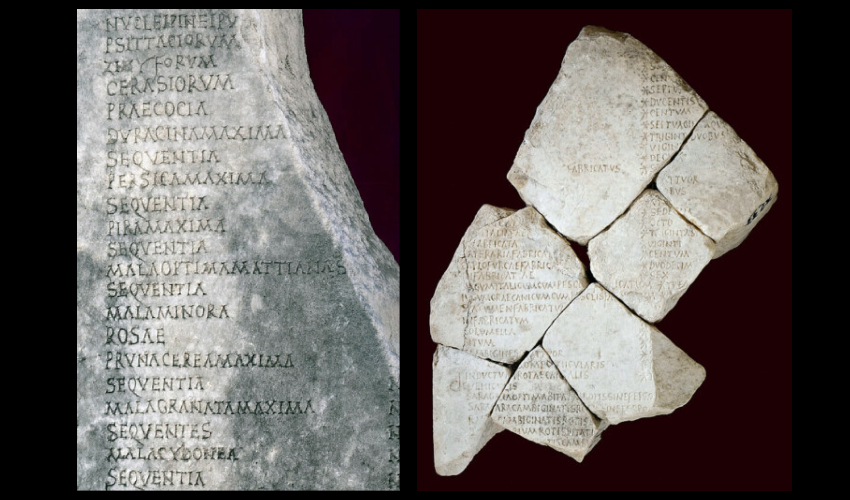
A well-preserved copy of Diocletian’s edict is found on the facade of the Civil Basilica in Aphrodisias.
This inscription reveals the official value of silver coins, demonstrating the significant impact of inflation on wages and prices between 293 and 301 A.D.
The following list highlights some of the fixed prices set by Diocletian’s Edict on price ceilings:
These fixed prices reflect the economic measures intended to combat inflation and stabilize the Roman economy.
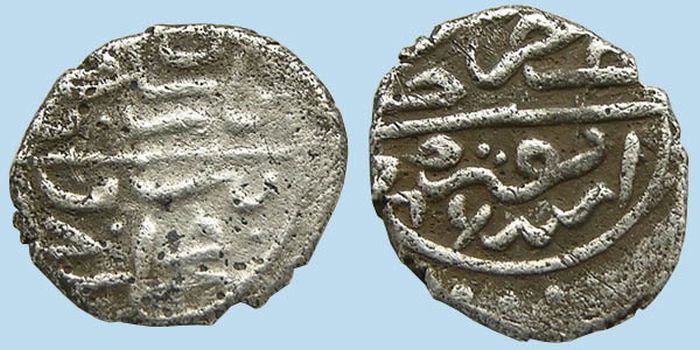
Inflation continued to be a challenge long after the fall of the Roman Empire. During the 16th century, the Ottoman Empire faced increasing economic pressures due to wars, trade agreements, and the influx of foreign currencies.
By the mid-16th century, the Ottoman economy began to feel the effects of inflation. The influx of foreign currencies, particularly after the geographical discoveries of the 15th century, led to the devaluation of the Ottoman akce (a silver coin). Prices soared, and the value of money declined, affecting everyday transactions.
From 1569 to 1607, the Ottoman Empire faced significant economic instability. Revolts, famines, and agricultural decline, particularly in wheat production, resulted in skyrocketing bread prices. This created widespread unrest and worsened the crisis, particularly in rural areas.
By the late 18th and 19th centuries, the Ottoman state attempted various reforms to manage its debt and economic troubles:
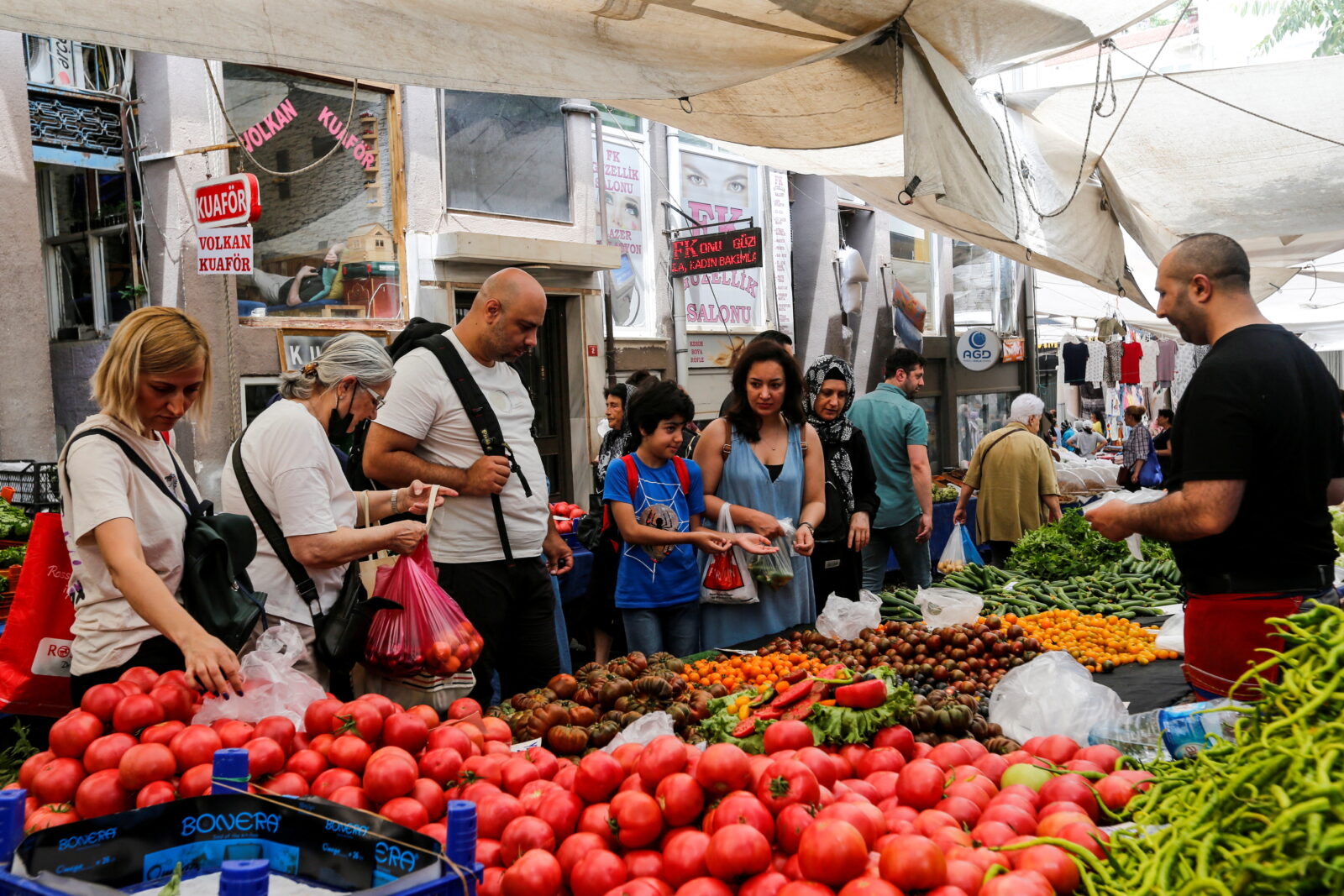
The historical efforts to combat inflation in Anatolia—whether through Diocletian’s price ceilings or the Ottoman economic reforms—offer valuable lessons for managing modern economic crises. The use of price controls, currency reforms, and centralized economic strategies was common in both periods and remains relevant today.
From the Roman Empire to the Ottoman period, inflation has been a recurring issue in Anatolia. Although the strategies employed in ancient times were often difficult to enforce, they continue to offer important lessons for managing modern-day economic crises in Türkiye. Whether through price controls, currency reforms, or centralized economic measures, the battle against inflation remains a pressing challenge for policymakers today.